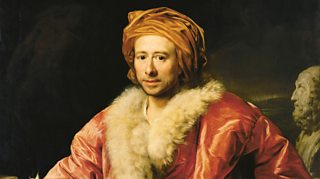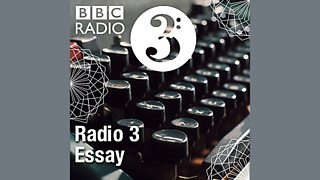Artists
Michael Goldfarb tells the story of Jackson Pollock, who like others took to wearing T-shirts in postwar America, and the part his artist wife Lee Krasner played in his success.
In 1945, when World War II finally ended and while Europe's artistic centres smouldered, in New York City an artistic renaissance, in music, painting, theatre, and literature, burst forth out of the city鈥檚 bohemia.
Most of this work was generated in a single neighbourhood of Manhattan: Greenwich Village.
World War II in America was a time of national unity, a singleness of purpose where non-conformity had no place in military or civilian life. Yet somehow as soon as the war ended, a full-blown non-conformist bohemia exploded in New York. Membership of this Bohemia, for men at least, was signified by wearing an undergarment - the T-shirt - in public. Today that means nothing. In 1945, in a society that was still mobilised with military single-mindedness, it was shocking.
In this series for The Essay, Michael Goldfarb explores the how and why of this extraordinary eruption through the stories of some of T-shirt Bohemia's key figures: Marlon Brando, Jackson Pollock, James Baldwin, Charlie Parker and Jack Kerouac.
In this episode, the story of Jackson Pollock, a keen T-shirt wearer, as he struggles towards his abstract vision and the role of Pollock's wife, Lee Krasner, an artist in her own right, in his success.
Last on
More episodes
Previous
Broadcasts
- Wed 29 Jun 2022 22:45麻豆社 Radio 3
- Wed 12 Jun 2024 21:45麻豆社 Radio 3
Death in Trieste
Watch: My Deaf World
The Book that Changed Me
Five figures from the arts and science introduce books that changed their lives and work.
Podcast
-
![]()
The Essay
Essays from leading writers on arts, history, philosophy, science, religion and beyond.





